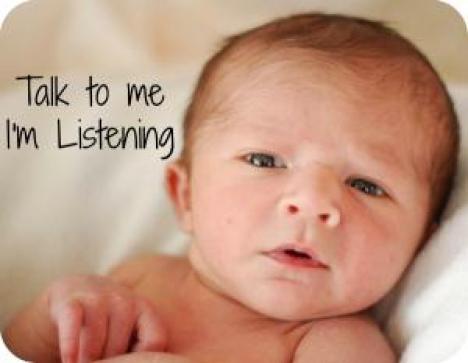Many people believe that the role of a speech-language pathologist’s (SLP) is limited to speech and language, however, we have a list of responsibilities including pediatric feeding evaluations. SLPs are experts in the oral mechanism all the way down to the esophagus, allowing them to support individuals with feeding and swallowing difficulties. Feeding involves all the steps it takes to get food off the plate and into your mouth, while swallowing includes chewing, moving the food down the throat, and protecting the airway that leads into the lungs. A swallowing disorder is known as dysphagia. If your child has any aversion to certain foods or has trouble swallowing without coughing, your pediatrician may suggest you visit a speech-language pathologist. In order to assess your child’s feeding and swallowing abilities, the SLP will conduct a natural feeding evaluation. If this is recommended, here’s what you can expect…
Your Pediatric Feeding Evaluation, Step by Step
 First, the therapist will conduct an initial interview. They will ask you questions about your child’s developmental history, family background, your family’s daily routine, feeding preferences, and wishes for therapy.
First, the therapist will conduct an initial interview. They will ask you questions about your child’s developmental history, family background, your family’s daily routine, feeding preferences, and wishes for therapy.
After the SLP and child become acquainted, she will complete an oral mechanism exam. From a parent’s perspective, this procedure may appear like your average snack time. However, the SLP is observing everything your child does to determine what needs to be done next. For young children, speech therapists often disguise this examination with play activities. Modeling and asking the child to make funny faces, the SLP will observe the child’s ability to move their oral structures (lips, tongue, cheeks, ect.) and any asymmetry or weakness is noted.
Next, the therapist will begin to offer the child different foods and textures. In order to create the most natural feeding possible, the SLP may request that you bring in some of your child’s favorite foods or utensils from home. Food and drinks of different consistencies will be presented in order to identify your child’s strengths and weaknesses. As the therapist and child enjoy the different foods, the therapist will observe the child’s ability to hold the food in their mouth, chew, and swallow without leaving residue behind. The evaluation may be video recorded for later analysis and the therapist will take notes throughout. A checklist such as The Developmental Pre-Feeding Checklist: A Sequential Approach (1987) may also be used to make a thorough diagnosis.
Once the evaluation is complete, the SLP will be able to make recommendations for therapy. If further evaluation or intervention is needed, the therapist may refer you next to other professionals such as an occupational therapist or a physical therapist. For more information on pediatric dysphagia and feeding assessment, please visit ASHA’s website.
References:
https://www.asha.org/PRPSpecificTopic.aspx?folderid=8589934965§ion=Assessment
http://72.29.72.224/~ohsnapor/wp-content/uploads/2017/02/FeedingChecklist.pdf




